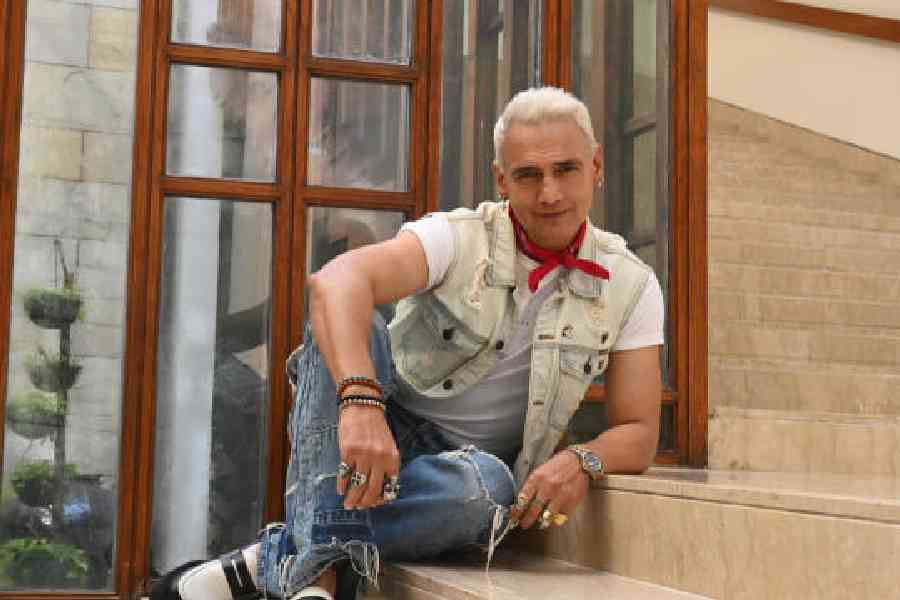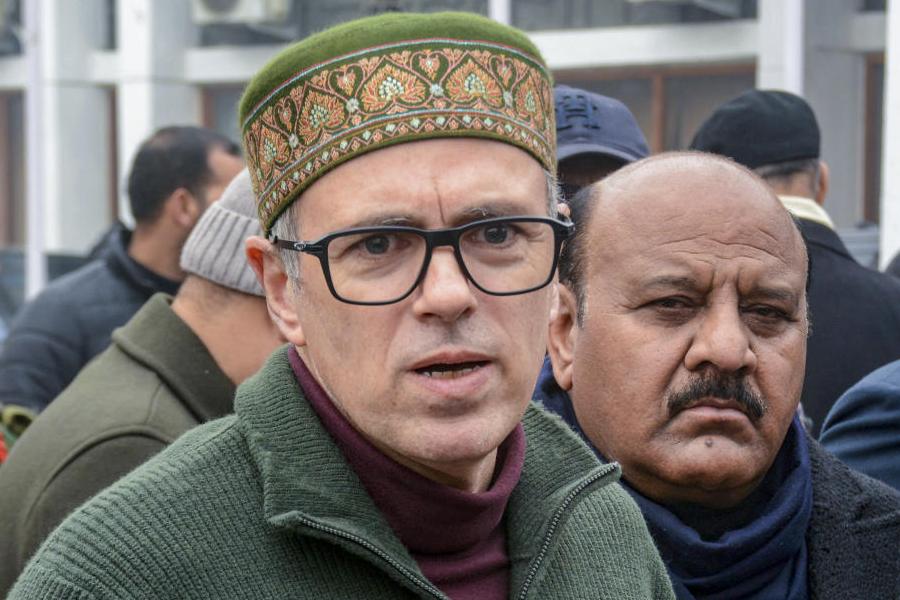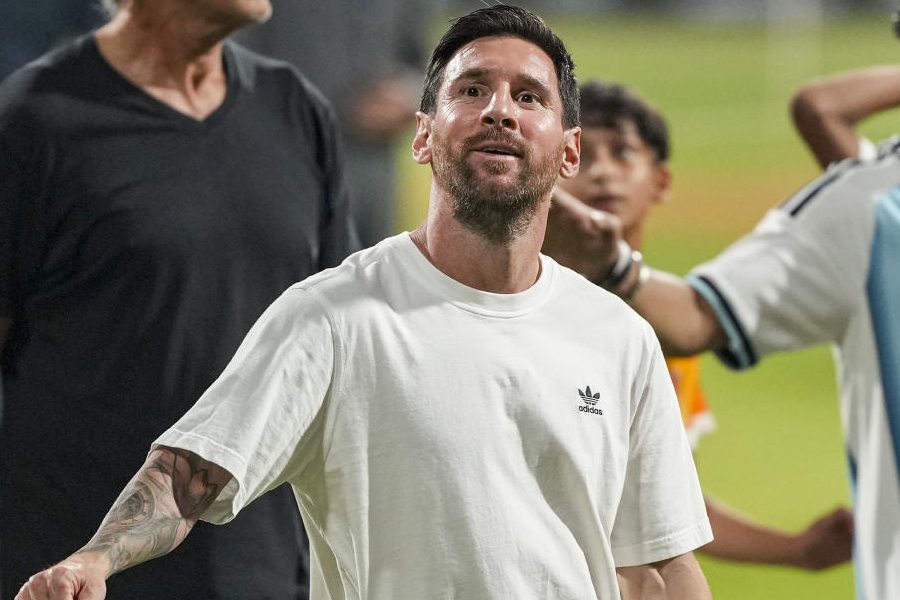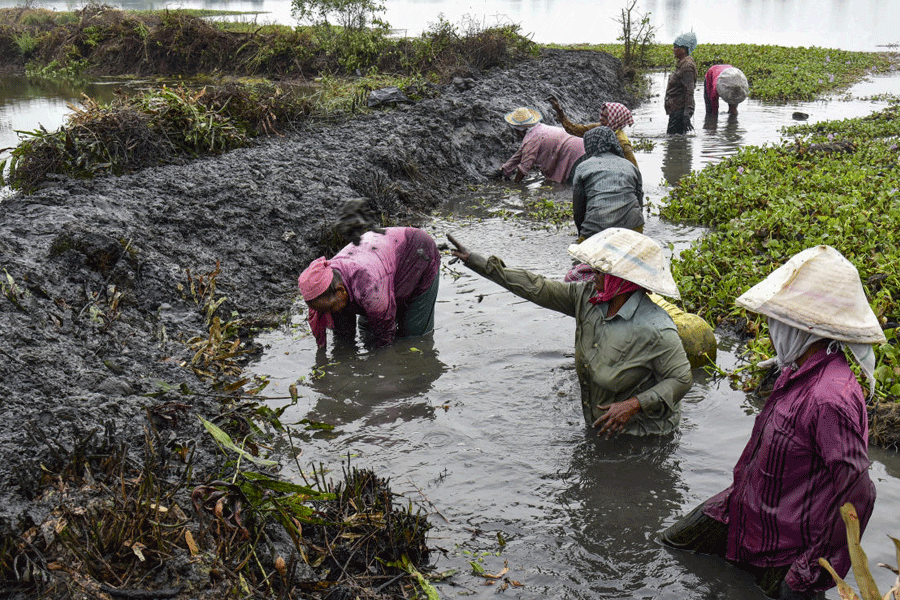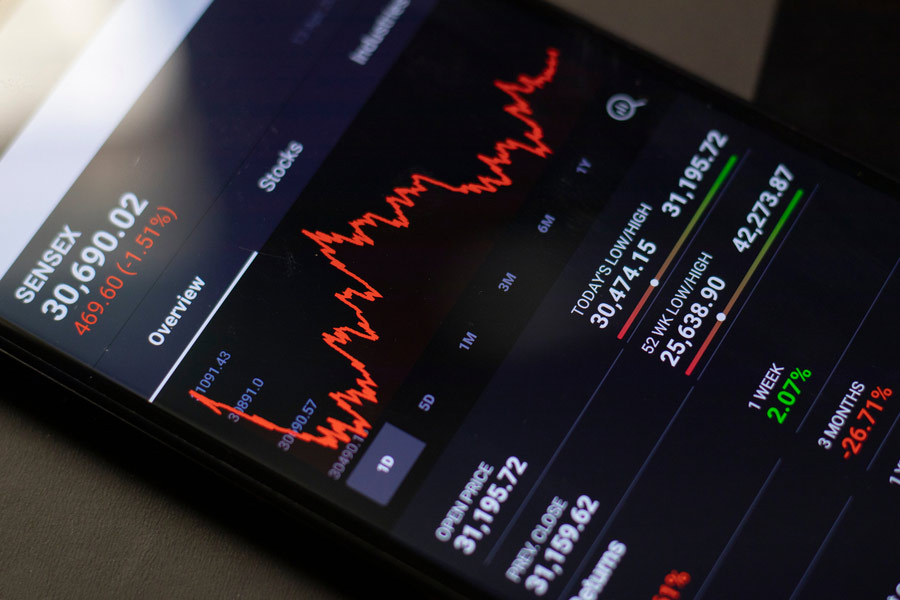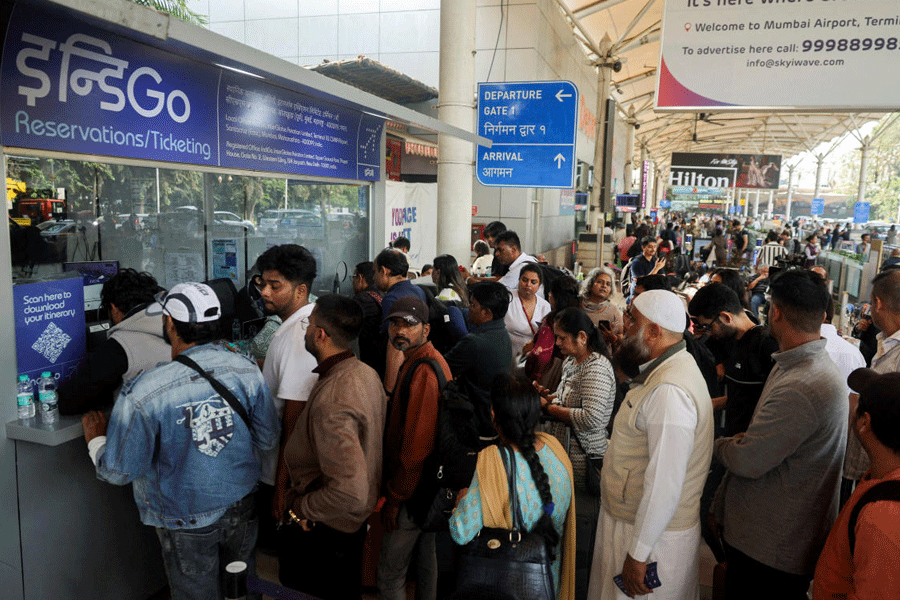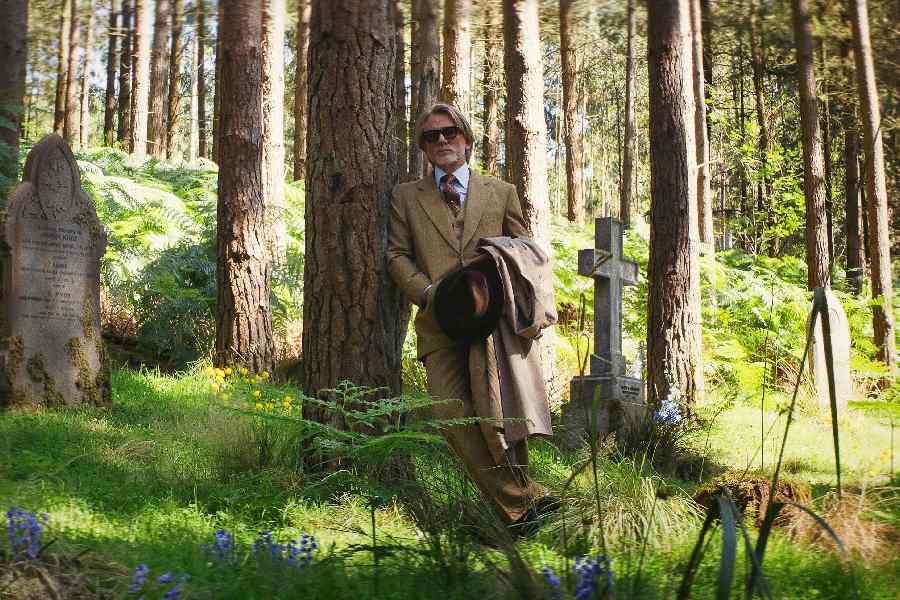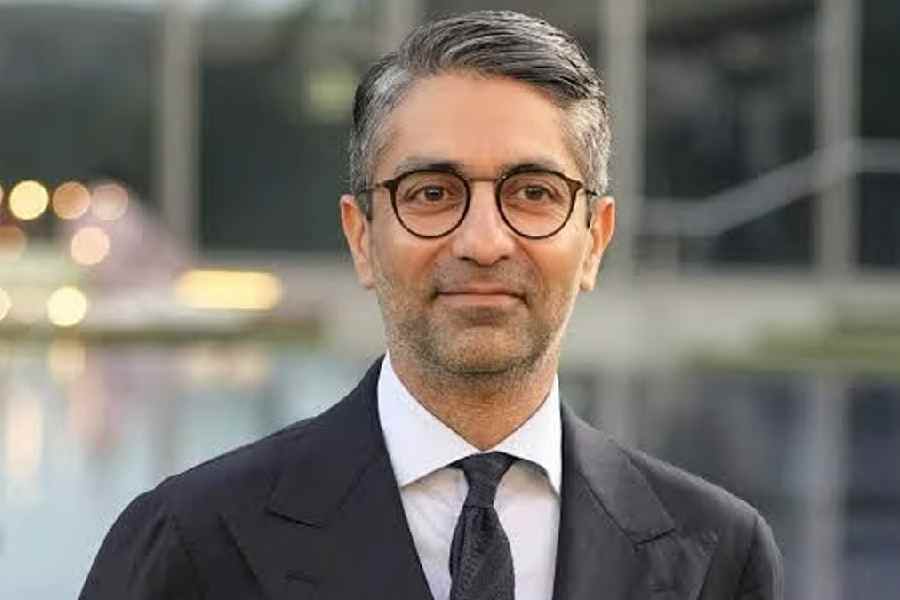He has a staggering modelling career spanning more than three decades. One of the rare male supermodels from India, Marc Robinson is still inspiring scores of aspiring models. The dapper gentleman chatted with t2 when he was in town recently on how his journey began and his words of wisdom for younger models.
Let’a take a trip down memory lane… how did modelling happen?
I was born and brought up in Delhi. (Legendary Indian fashion designer) Rohit Khosla, who is the founder of the (Indian) fashion industry, so to speak, would tell me that I should model.… Then I met Prabuddha Dasgupta (photographer). He gave me his number and said: ‘Call me. I live in Nizamuddin East. You are a Delhi boy, we should do some pictures together’. I never called him… this was ’88-’89.
After about seven-eight months later, I called him. He said: ‘I’m shooting for a cigarette campaign, but they just want me to create a kind of a look and do a test shoot and I don’t have a male model, so can you do it for me?’ I said I hadn’t ever modelled. He said, ‘That’s not a problem. That’s all the more reason why I want you to come and model’.
So, I went to the Imperial hotel in Delhi and I met his wife there for the first time, Tania Dasgupta, and we just shot some random photographs on an early winter morning. He asked me to get a denim jacket, a pair of jeans and a tee, and rings. So I went to the hotel at five-six in the morning and did some photographs. He said he liked what he saw, and let’s see what comes out of it.
And then we went to his house to have breakfast, and got to know each other. A week later, he called me saying: ‘I have good news for you. They loved the photographs. That’s not going to be a test shoot. That’s a new campaign for Charms cigarettes!’
That one thing led to another. We became the best of friends. We used to fondly call him Gutlu. So much so that work started just flowing in. I would insist that I shoot with Prabuddha.
That became my portfolio shoot, so to speak, because then everybody in Bombay said who’s this new model! He’s not from Bombay. So after that, I started going to Bombay almost every week for fashion shows. Ensemble launched at that time. I did loads of TV commercials, all in Mumbai.
Then I lost my father, and then we were all migrating to New York from Delhi. I remember we were to leave in May and Prabuddha called me at the end of April. He said: ‘Let’s do one last shoot together before you go. Come to Goa, and don’t shave’.
I never questioned Prabuddha, because his aesthetic was very good, of course.That shoot turned out to be for Kamasutra, with Pooja Bedi. That’s the first time I got to meet Alyque Padamsee and Gautam Singhania (of Raymond).
When I’d be working with Prabuddha, we would just shoot one roll and the agency people around him would tell him ‘You only shot one roll?!’ His composition was so sure. He knew what he wanted. I also learned like that. Those times we had contact sheets with magnifying glasses. Prabuddha had one contact sheet, 36 photographs. When he shot his book on women (Women), the nudes, I worked with him on that book. I assisted him on that. We had Mehr Jesia, Shyamoli Varma, Malaika Arora, Meghna Reddy...
What would you have done if you would not have come into modelling?
I didn’t have a plan. I wasn’t even 1/10th focussed as my kids are today. They all have their counsellors. My daughter knew that she wanted to be a vet from the time she was five years old, and this July, she graduates from veterinary school in the UK. My son knows that he wants to get into finance and international marketing, AI. He knows that he wants to do his masters in London this year.... I hadn’t a clue. All I knew was that I wanted to keep playing. I used to play a lot of sports like hockey, football, cricket. For the university, I played football, and I captained my college in Delhi University in hockey and football.
When did you fall in love with modelling?
Once I saw my pictures, I fell in love with it. I enjoyed doing it. I enjoyed doing it more so because of the thrill of seeing my black-and-white images in Prabuddha’s studio come to life. That was magic. He would shoot and then go into the dark room and mix everything up and then take it out. That was his craft. He would print his own prints and give it to the agency at that time. It was fabulous.
The money was great. Back in the day, we were getting paid a lot more than people are getting paid today for campaigns, and for shows. I am talking from 30 years ago. And then again, there was just a few of us, and we were our own agencies. We handled everything. Education helped. So, you know, being able to articulate, talk right, understand, negotiate… and I learned very quickly, because you had to look after yourself. And I knew that advertising agencies would call me directly to do work for them.
What were those heydays like?
I had a fabulous life and I continue to have a fabulous life. There were no responsibilities then. Now I do have my kids who are almost grown-up and almost on their feet.
None of your kids interested in modelling?
I think my youngest daughter will. My son has got so many offers to model. He’s a beautiful-looking boy, at 6ft 4.5in. He’s a strapping boy, but just not interested. When the time is right, he will.
What was the industry like back then?
I think it was more organic and close-knit at that time. Everybody knew everybody. It wasn’t about Bollywood or cricket. It was about being a fashion model and that’s what made us household names. That’s why you had a Mehr (Jesia), you had a Madhu (Sapre), you had a Milind (Soman), you had me, you had Arjun Rampal. We were all the mainstays of the show. We were showstoppers at that point in time. We were faces, so we did everything from music videos to films.
It’s only later on, after many years, early 2000 (that the concept of actors as showstoppers started to come in)... That’s when fashion week started and that’s what slowly started the decline of the supermodels.
At that time, the models didn’t aspire to be actors. I had no aspiration to do a film. The last lot of those people who were models, and could have been big supermodels, but moved on to become big actors, were Deepika Padukone, Katrina Kaif, Aishwarya Rai (Bachchan)....
(Today) advertising agencies and all the corporate houses are using Bollywood stars and cricketers as brand ambassadors.
What makes a supermodel?
It’s a combination. It’s your personality, character, marketing skills, PR, how you treat people around you, how well you manage your career.... how you negotiate your contracts, not being too easily available. And you’ve got to look good at the same time... you have to work at it for sure. You got to maintain yourself, but then you also have to network yourself. Today, you need agencies to do that for you. Back in the day we didn’t have one.
Any top tip for male models?
Modelling never really was my career option. It was a hobby. For me education is key. So, you get an education, you work and use modelling only as a hobby. If it kicks off for you, well and good.
If it comes to a time when you’re so busy that you’re getting offers to do shows and more shows and more shows, and there’s no time to work, then you make the switch. That’s what happened to me.
What was the moment like when you decided to stop modelling?
I remember we were doing a show in Delhi, early 2000, a Rohit Bal (show). It was a big show for Gudda, and I was backstage, and I realised I’m not having fun any more.
I was getting dressed, and then I came back and I had to change again to go back on stage, and I realised I’m done.
I finished that show, and I told the model coordinator, don’t book me for any more shows....
I would always be keen to know what is next.... I would always talk to the light director, the DJ, to understand that. So, I knew that sometime maybe this would be an option, because I enjoy it. It’s not work. And sure enough, the minute I stopped and I started doing shows, all that I had learned, invested time in, came into play.
Which of your roles have you enjoyed the most?
I think when I was shooting, definitely, because my interaction with my craft and the person I was shooting for was very, very real and very, very easy, and the chemistry was good. So, I would enjoy doing photo shoots. I would enjoy doing print campaigns and commercials.

